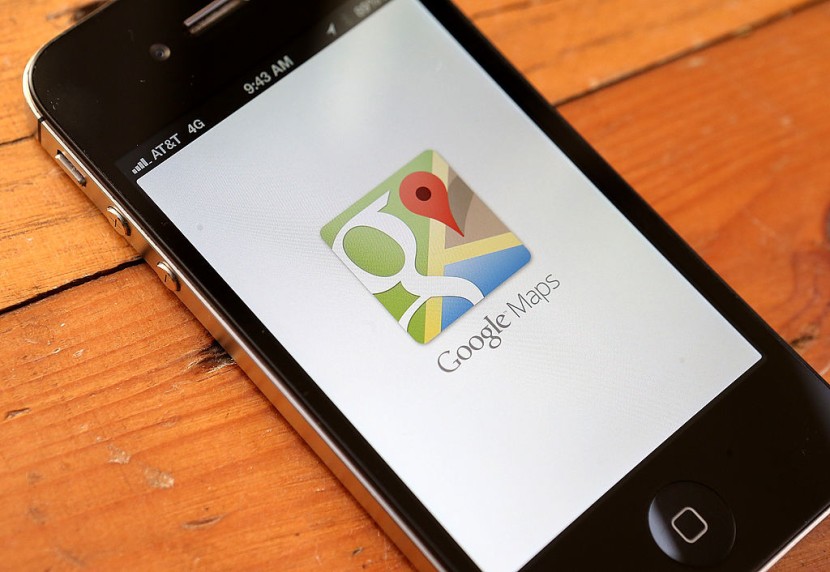A Canadian search-and-rescue team saved a hiker by helicopter after he allegedly followed a non-existent trail on Google Maps.
The British Columbian group advised hikers to use a paper map and compass instead of Google Maps following multiple incidents in the area. It added that it had rescued two hikers who followed a trail that Google Maps showed but did not exist.
Non-Existent Google Maps Trail

In a Facebook post on Nov. 6, the North Shore Rescue group said that Google Maps had already removed the non-existent trail. It was in a very steep area with cliffs north of Mount Fromme, which overlooks Vancouver.
The group noted that it deployed a helicopter and a rope rescue team on Nov. 4 to the backside of the mountain. They were sent out to help a stranded hiker who did not have a light and could not be seen below the dense tree canopy.
It added that the deployed team was able to locate the individual, get him in a harness, and bring him safely down to a location where he and the team could be extracted by helicopter. It was done just before the clouds closed in and would have prevented helicopter access to the area, as the New York Times stated.
The rescue group also said that it had recently put up signs that warned hikers of "Wrong Way Dangerous Cliffs'' to underline the area's danger. The group also saved a hiker in September who called and said that he was on a cliff and was unsure how long he could hang on.
Two years before that incident, a hiker was reported to have fallen to his death from the same spot. The North Shore Rescue group revealed that the hikers in the September and November incidents may have followed a trail they saw on Google Maps that does not exist.
It added that it was inappropriate for hikers to use apps such as Google Maps for the wilderness. However, the group noted that specific apps, such as CalTopo and Gaia GPS, specifically designed for trails, are acceptable.
Read Also : Iceland Evacuates Residents Amid Potential Volcanic Eruption After Hundreds of Earthquakes
Canadian Hiker Rescued
The group's Facebook post noted the dangers of the area where the hiker was rescued, adding that it had no trails and was very steep, with many cliff bands throughout. It also said that the recently-rescued hiker had minimal equipment, including unsuitable footwear for the trek he was attempting and not having a flashlight, according to Unilad.
Officials also recommended that on top of using recommended apps when hiking, they should also bring an extra charged external battery. They noted that mapping programs can quickly drain phones' batteries.
Experts noted that if you are ever lost while hiking, stopping where you are and avoiding panicking is best. They urge people to go over how they got to that point in place and if they can see any landmarks around the area, said the Sacramento Bee.
Related Article : Italy: Panic Ensues as Circus Escaped Lion Wanders Streets Near Rome
© 2025 HNGN, All rights reserved. Do not reproduce without permission.








